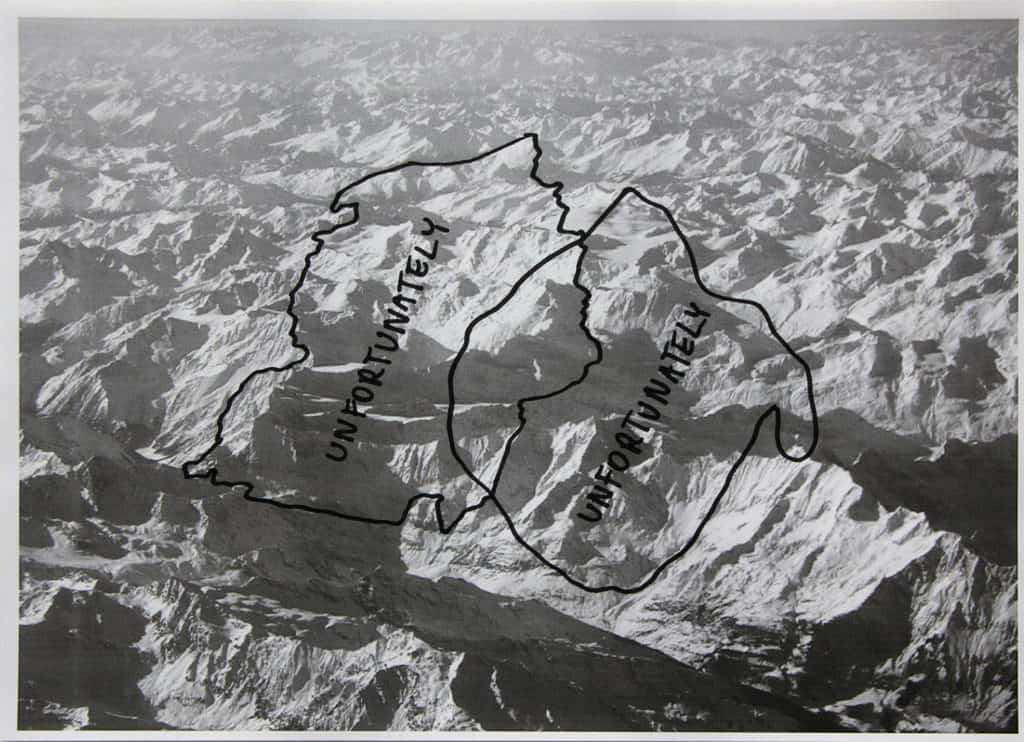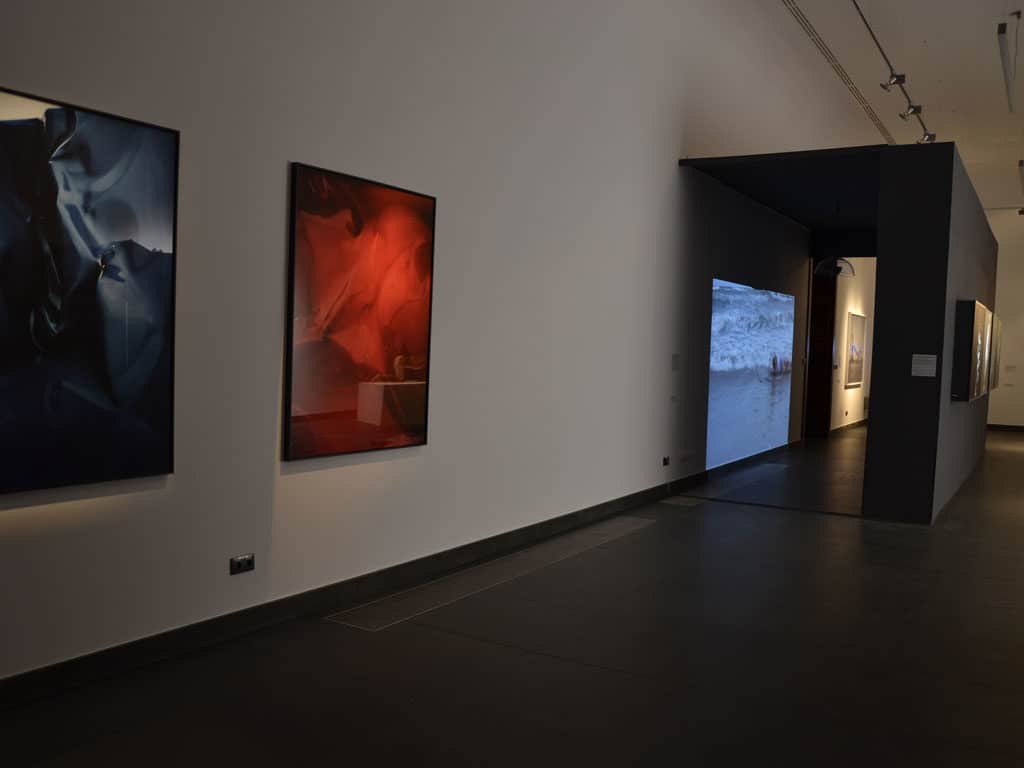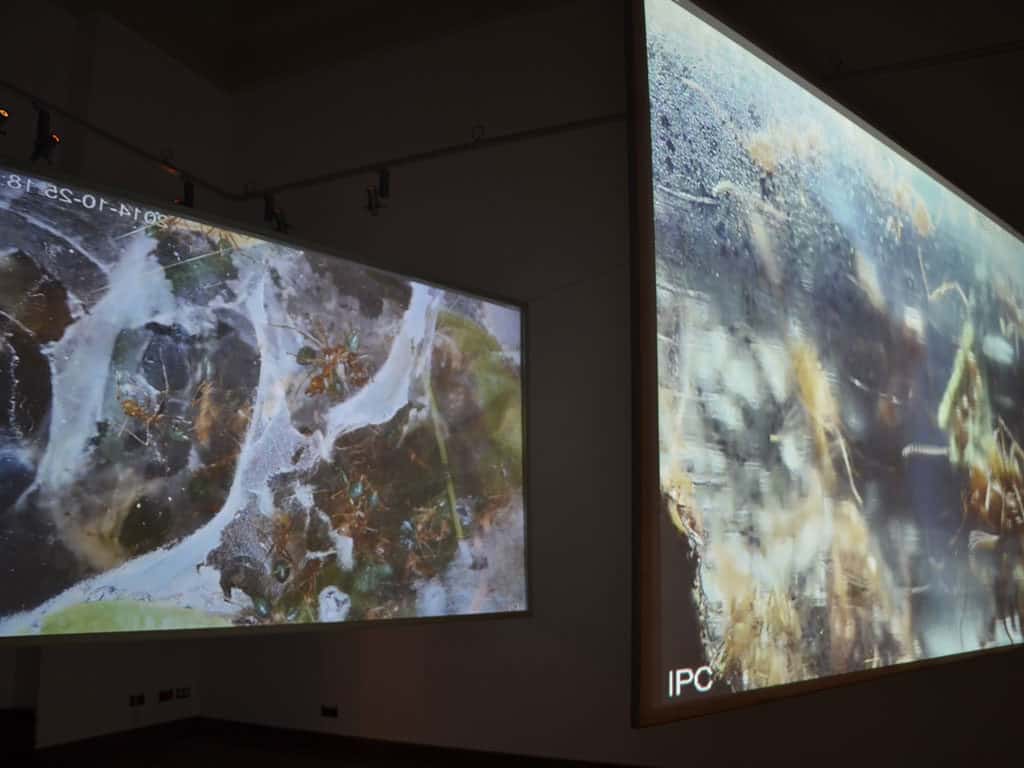
Polish Art Tomorrow is a project based on a virtual platform. It aims to promote Polish art in a local and global context. The platform is a growing database of more than two hundred artists, who debuted in the new millennium, curators and almost thirty partner institutions: public and commercial galleries, foundations and arts organisations. Its purpose is an exchange of information and knowledge between artists, curators, collectors and art institutions in Poland and abroad. Moreover, it develops the idea of extending a centralised image of Polish art, established in Warsaw with its strong promoting system of prosperous galleries (Raster Gallery, Gallery Starmach or Foksal Gallery Foundation). The platform was established in 2012 by Sławomir Sobczak (an artist and a director of ON Gallery in Poznań between 1994 and 2007); and Tomasz Wendland (the founder of Mediations Biennale in Poznań). Polish Art Tomorrow is now managed by Sobczak as a non-profit initiative with the help of Via Activa artistic association and volunteers e.g. Katarzyna Kucharska, an artist and a curator; or Elżbieta Wysakowska-Walters, an artist and a translator. This grassroots movement for associating artists, and a network supports an egalitarian communication and diversity, hasn’t become a solo tango of one determined person.
The idea of a hyper-connected art world originated in the 1990s with a stream of collective artistic consciousness, continuing the spirit of an avant-garde movement of the 1970s, when independent artists living in Polish People’s Republic searched for some opportunities to exhibit outside an official gallery network. The group of more than thirty people travelled through Poland with a plan to map the heterogeneity of a contemporary Polish art. At a breaking moment of hatching young Polish democracy, an idea of networking was coordinated by Józef Robakowski and Łukasz Guzek. It aimed to associate several independent galleries and institutions promoting art in Poland. “A list of people and places favourable to contemporary art in Poland” was created at that time.
The Limits of Globalism, from left – Tomasz Kulka, in cycle Genre Scenes – Street Fight, installation (ceramics), 2011-12/ Nicolas Grospierre, Axonometric Housing Block (Manhattan), cut photo, lambda on dibond and plexiglas, 100×130 cm, 2008, K-Pool, cut photo, lambda on dibond and plexiglas, 85×195 cm, 2011/ Liliana Piskorska, Bitches. Self-portait with a lover, installation, 2013/ Natalia Wiśniewska, Hunting [VENANS], sound installation, 2013/ Jakub Jasiukiewicz, Nubiru X, video, 2012/ Katarzyna Szeszycka, White plants, 4 light boxes, 2014
The Limits of Globalism, from left – Marcin Mierzicki, Entire Poland in the shade of Silesia, installation, 2003/2014 / Tomasz Kulka, in cycle Genre Scenes – Street Fight, installation (ceramics), 2011-12
In the year 2000 over a dozen Polish gallery owners, representatives and artists vigorously continued mapping artists, places and institutions in an expanding understanding of global context. The institutional foundations for a virtual network of promotion, knowledge and further cooperation was laid at that moment thanks to Sobczak’s initiative and energy. However, it was still popularized by the traditional publishing system. Six issues of a newspaper Living Gallery documented their efforts. An idea to associate the flow of the numerous exhibitions in Poland was further supported by the organizers of Mediations Biennale (from 2010), who contributed to the concept of Polish Art Tomorrow project.
Sobczak highlights that although there was no direct inspiration from already an existing virtual networking projects, the idea of Polish Art Tomorrow project makes a difference to the Internet galleries that function only for profit. However, the initiative is open to commercial galleries as partners. The principle of the virtual platform is simple and based on a recommendation. The associated partners nominate the promoted artists within its open-ended structure. The undoubted advantage of the website is its system of differentiated categories. They help to identify and map Polish art scene by the artist’s name, subjects of interest, geographic location, date of a debut, amongst many other criteria. The website attracts a user’s attention on two levels; one of which is an access to the information; the other is simple – an interactive participation. The visitors not only view portfolios’, read texts and follow the links to artists’ homepages, but they may also vote on the artist of the month, and thus they grant them with top spots on the website.

The Limits of Globalism, Kornel Janczy, untitled, marker on print, 30x21cm, 2011
The validity of the project is established through the Internet as a global enterprise and a tool of inclusion. It is bounded only by the recommendation system, which performs an objectivising function within the database. A great role is also played by the will of artists and partner institutions, who express their wish to be included in it. It offers an alternative in a cultural situation of unequal distribution of attention of the audience within the so-called center–peripheries system. Although the latter offer more and more attractive initiatives by complicating the dichotomy and reaching public attention in many ways, they remain invisible in a global and international context. Hence, the authors of Polish Art Tomorrow database focus on heterogeneity. One can find there artists representing different standing – both well known in Poland and internationally recognized; or just beginners. It seems to be a good practice of democratic cooperation and partnership.
The platform helps the curators in their research. They use it to recruit artists for various artistic events in Poland and abroad. The ‘Borders of Globalisation’ exhibition, curated by Sobczak and co-curated by Kucharska accompanied the Mediations Biennale in 2014, was the first exhibition exclusively based on a list of artists from the Polish Art Tomorrow project. The exhibition examined the complexities of globalization processes at an individual scale by presenting a series of private narratives. The database helped to construct a performance part of the Festival of New Art – the ‘Labyrinth’ in 2016, which took place in Frankfurt (O). Soon, we shall witness an accomplishment of an ambitious plan to organise a big exhibition based on the Polish Art Tomorrow database. It shall feature all artists contributing to the project and willing to take part in it. Also, there is an idea to update and extend the project’s database with names of curators and art theoreticians. Hopefully, with a financial support, the wish to publish a book presenting the profiles of a hundred artists from the project shall come true. The book would be distributed for free to the major curators and galleries in Europe.

The Limits of Globalism, Ewa Axelrad, #Flulds 1, Flulds #2, photo, lambda in dibond and plxiglas in wooden frame, 2 x 122x155cm, 2012/ Izabela Chamczyk, Wave Phase, video-installation, 2014
Despite financial difficulties, which slow down the necessary improvement of the website layout, the initiative is worth continuing, developing and supporting. It transforms both the local art circles – often ambitious but hermetic, and not really into competing in the neoliberal art market system – and the Warsaw-centered establishment. It does make a difference in the changing landscape of the Polish art scene today. The more projects promote the diversity of artistic phenomena in Poland, the better.
*This article is interview based. An interview with Sławomir Sobaczk took place on the 8th of December 20017.
Written by Ewelina Jarosz

The Limits of Globalism, Michał Szlaga, Series Shipyard 1999 – 2014, photo, 180×140 cm, video, 2014

The Limits of Globalism, Elvin Flamingo, Symbiotic natureof creation, video-installation, live stream, 2014







